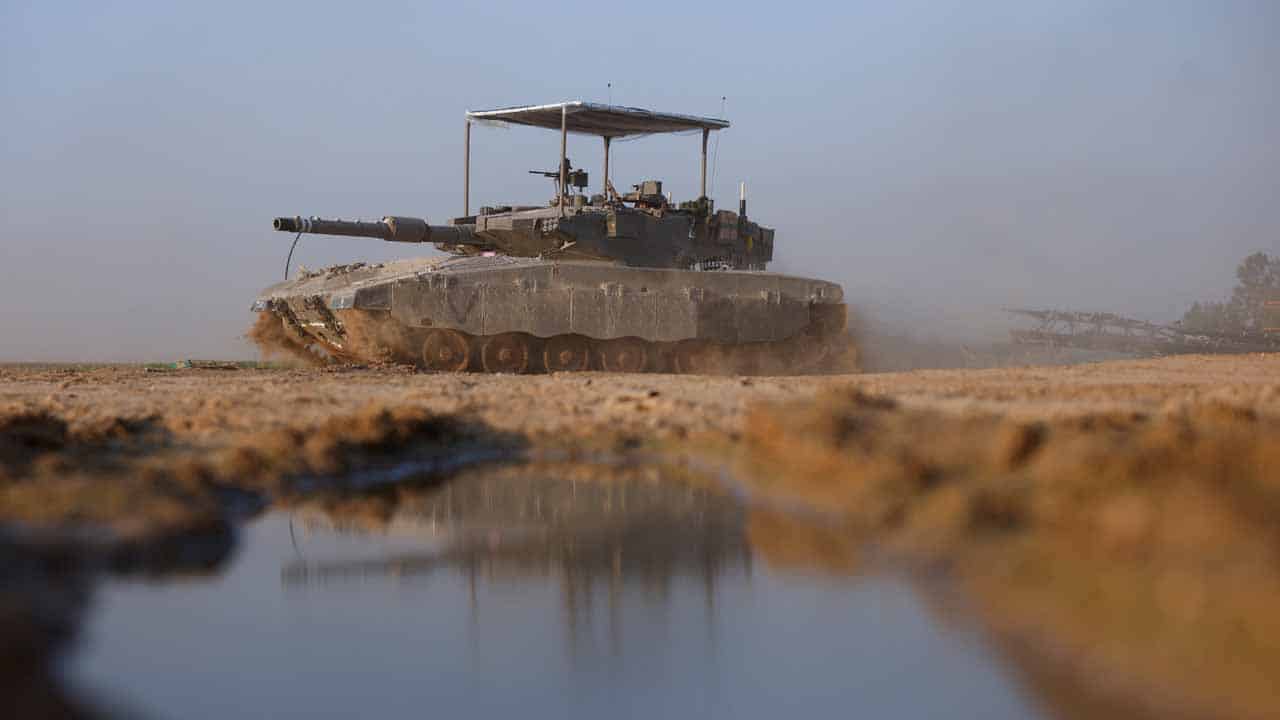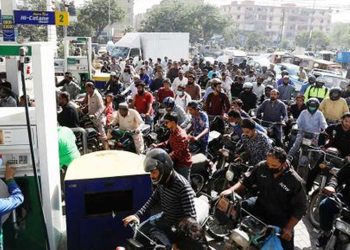Israeli forces persist in their air and ground bombardment of the southern Gaza Strip, resulting in numerous Palestinian casualties, as both the United States and the United Nations repeatedly call for the safeguarding of civilians.
In response to inquiries on Monday regarding the increasing death toll since the breakdown of a truce between Israel and Hamas on Friday, the United States, Israel’s closest ally, stated it was premature to assess whether Israel was adequately protecting civilians. The U.S. emphasized its expectation for Israel to refrain from targeting zones designated as safe.
Reports from residents and journalists on the ground indicated that intense Israeli airstrikes targeted areas where Israel had previously instructed people to seek shelter. At the United Nations, Secretary-General Antonio Guterres urged Israel to avoid actions exacerbating the already dire humanitarian situation in Gaza and pleaded for the protection of civilians.
“The Secretary-General is extremely alarmed by the resumption of hostilities between Israel and Hamas… For people ordered to evacuate, there is nowhere safe to go and very little to survive on,” said U.N. spokesperson Stephane Dujarric.
Israel, having captured the northern half of Gaza, intensified its military operations, advancing deep into the southern half following the collapse of the week-long truce. The armed wing of Hamas ally Islamic Jihad reported engaging in fierce clashes with Israeli soldiers north and east of Khan Younis, Gaza’s main southern city.
Israeli tanks crossed into Gaza, cutting off the main north-south route, according to residents. The central road out of Khan Younis was declared a battlefield and closed by the Israeli military.
Israel confirmed on Tuesday that three of its soldiers died in combat in Gaza on Monday, describing it as a day of intense battles with Hamas fighters. The total number of soldiers killed in Gaza since the start of the ground invasion reached seventy-eight.
The UN agency for Palestinian refugees in Gaza (UNRWA) expressed concern that Israel’s renewed military operation was compounding the humanitarian crisis by displacing people, overwhelming hospitals, and restricting the delivery of limited supplies.
Philippe Lazzarini, UNRWA’s Director General, stated, “No place is safe in Gaza, whether in the south, or the southwest, whether in Rafah or in any unilaterally so-called ‘safe zone.'”
The Director-General of the World Health Organization (WHO), Tedros Adhanom Ghebreyesus, reiterated calls for Israel to protect civilians and civilian infrastructure, including hospitals. He also mentioned a notification from the Israel Defense Forces to remove supplies from a medical warehouse in southern Gaza within 24 hours due to ground operations.
Displaced in a wasteland
As the conflict intensifies, approximately 80% of Gaza’s 2.3 million people have already fled their homes in the past eight weeks, turning the densely populated area into a wasteland. Israel’s recent evacuation orders in parts of Khan Younis prompted residents to move towards the Mediterranean coast and Rafah, near the Egyptian border.
In Washington, a State Department spokesperson noted that it was an improvement for Israel to seek evacuations in targeted areas rather than entire cities. U.S. National Security Advisor Jake Sullivan emphasized the expectation for Israel to avoid attacking areas identified as “no-strike” zones in Gaza.
While Israel cited the need for precise evacuations to limit civilian casualties, a senior official acknowledged the regrettable civilian casualties but stressed the necessity of operating against perceived threats.
The conflict has taken a toll on Gaza’s health infrastructure, with hospitals overwhelmed and essential supplies dwindling. The Gazan health ministry reported over 15,899 Palestinians killed, with a significant percentage being women or individuals under 18. Thousands more are missing and feared buried in rubble, with around 900 reported killed since the truce ended on Friday.
Israel accuses Hamas of endangering civilians by operating from civilian areas, including tunnels that can only be destroyed by large bombs. Hamas denies such allegations.
Reports from the Wall Street Journal suggested that Israel had assembled a system of pumps to flood Hamas tunnels, but it remained unclear whether Israel would deploy this tactic before securing the release of all hostages held by Hamas.
Despite over 100 hostages being freed during a previous truce, 137 hostages remain in Gaza. The situation remains fluid, with ongoing diplomatic efforts to address the escalating crisis.












